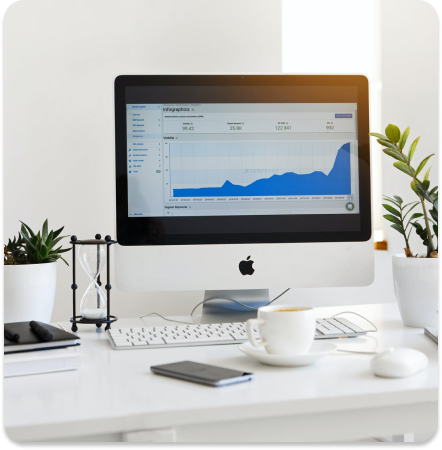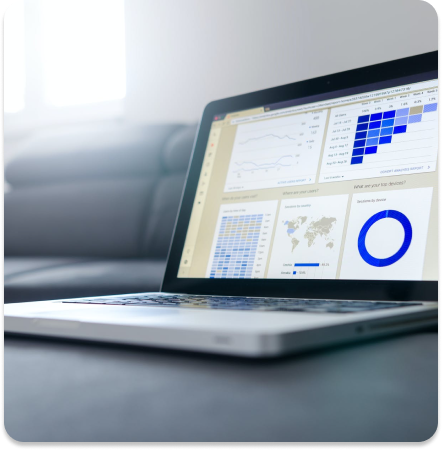
In the dynamic world of digital marketing, success isn’t just about launching campaigns; it’s about understanding their impact. At Digilytics, we emphasize that businesses should constantly measure and analyze their digital marketing performance to ensure a return on investment (ROI) and adapt to changing market conditions. Here’s how you can effectively track and optimize your digital marketing presence.
1. Leverage Analytics Tools
Analytics platforms such as Google Analytics, HubSpot, and Adobe Analytics are your best allies in tracking website and campaign performance. These tools provide detailed insights into:
- Traffic sources (organic, paid, direct, referral, etc.).
- User behavior, including bounce rates and time spent on pages.
- Conversion metrics, like form submissions and purchases.
Regularly reviewing these metrics allows businesses to identify which campaigns are driving the most value.
2. Monitor Social Media Performance
Platforms like Facebook Insights, Instagram Analytics, and LinkedIn Analytics offer key data about:
- Audience demographics and engagement levels.
- Reach and impressions of posts.
- Click-through rates (CTR) on ads and links.
Understanding what content resonates with your audience ensures you can tailor future strategies effectively.
3. Set Clear KPIs
Key Performance Indicators (KPIs) are essential for evaluating your digital marketing efforts. Examples include:
- Website traffic growth (targeted increase over a specific period).
- Lead generation and sales conversion rates.
- Cost-per-click (CPC) and customer acquisition cost (CAC).
Having clear, measurable goals keeps your team aligned and focused.
4. Use Heatmaps and Session Recordings
Tools like Hotjar or Crazy Egg provide heatmaps and session recordings, revealing how users interact with your website. You can identify potential bottlenecks in user experience (UX) and optimize conversion paths.
5. Implement Campaign Tracking Parameters
Adding UTM parameters to URLs allows you to track the performance of individual campaigns. For example, you can see which email or ad is driving the most traffic and conversions, enabling you to allocate resources wisely.
6. Evaluate SEO Metrics
For SEO, tools like SEMrush and Ahrefs help track:
- Keyword rankings and search visibility.
- Backlink profiles and domain authority.
- Organic traffic and click-through rates (CTR).
By monitoring these, you can continually refine your SEO strategy to stay ahead of competitors.
7. Measure ROI with Marketing Attribution Models
Attribution modeling helps determine which channels contribute most to conversions. Common models include:
- Last-click attribution: Credits the last touchpoint before conversion.
- Multi-touch attribution: Allocates credit across all touchpoints in a user’s journey.
- Time-decay attribution: Gives more credit to recent touchpoints.
Choosing the right model provides a clearer picture of campaign ROI.
Digilytics’ Expertise in Performance Tracking
At Digilytics, we specialize in implementing robust performance tracking systems for our clients. For instance, our detailed analytics setup for Professional Visa & Education Services enabled them to track a 200% increase in conversions, highlighting the success of our tailored SEO and social media campaigns.
Final Thoughts
Tracking your digital marketing performance is not just about gathering data—it’s about turning insights into actionable strategies. By leveraging the right tools and expertise, you can refine your campaigns, maximize ROI, and achieve sustainable growth.
Need expert guidance? Digilytics is here to transform your marketing analytics into measurable success. Contact us today!







